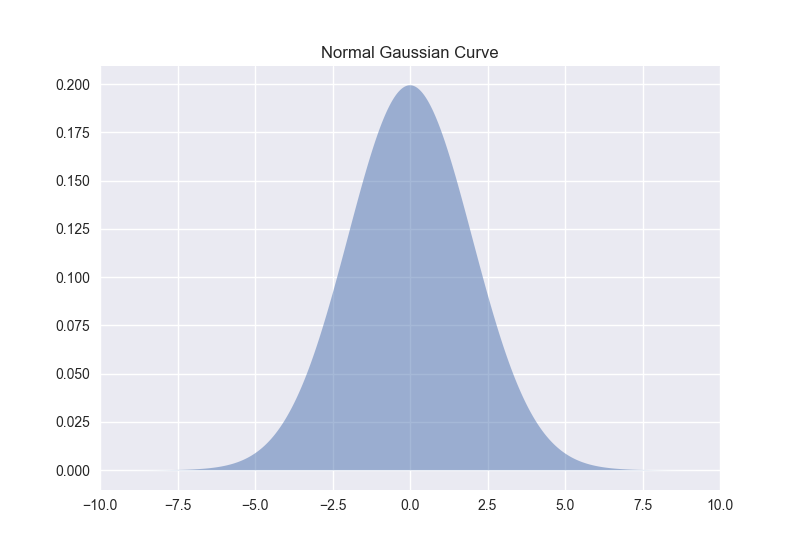

The lower-left corner of VSC should now update to show the name and Python version of the selected environment. To use a different Anaconda environment navigate to the “envs” folder, open the folder for an environment, and select “python.exe”. Navigate to the location of your Anaconda installation (C:\Users\your-user-name\anaconda3).įor the base Anaconda installation, select “python.exe”. This will open a File Explorer window where you can navigate to the location of the Python interpreter for another Anaconda environment. Now click on “Enter Interpreter Path” then click on “Find”. Otherwise you can add it as explained below. If you have previously used the environment or interpreter it will probably appear in the palette drop-down. Search for “Select Interpreter” and click on the “Python: Select Interpreter” option (see image below). If you don’t see this, or want to change to a different Anaconda environment (the example below is using the ‘base’ environment), use CTRL + SHIFT + P to open the settings palette (see image below). If it does you will probably see something like “Python 3.9.7 (‘base’: conda)” in the lower-left corner of VSC (see image below). VSC should recognize Anaconda by default. We want to make sure VSC recognizes the Anaconda installation so it can access installed packages for autocomplete, syntax highlighting, and error checking. Doing so will allow Visual Studio Code to locate the Anaconda Python distribution.Ĭlick install and wait for the Anaconda installation to finish.

I do recommend registering Anaconda as your default Python distribution. Later in this article, I’ll show you how to do it manually in case you change your mind. I do not recommend adding Anaconda to the PATH variable for now. I also use multiple python versions and distributions and adding them to the PATH variable can get complicated and confusing. However, I don’t like to do this because I frequently uninstall and reinstall Anaconda and it can cause problems if it is added to the PATH variable. If you add Anaconda to the PATH variable it will most likely work with Visual Studio Code with no problems. Now you will have the option to add Anaconda to the PATH environment variable. Remember the install location because you will need it later if you decide to add Anaconda to the path variable. For Windows, this will probably be C:\Users\your-user-name\anaconda3. To keep things simple, you can install Anaconda just for the current user. I like to use the default/recommended installation settings for Anaconda. Now install Anaconda (you can also install Miniconda). Once you have VSC installed, open VSC and install the Python extension and the Pylance extension (if they’re not already installed). When installing Visual Studio Code (VSC), you can keep all the default settings. To start, download and install Visual Studio Code. This article will describe how to implement all three of these methods with step-by-step instructions. In Visual Studio Code you can run Python code with Anaconda by using the Anaconda Prompt, updating the Visual Studio Code workspace settings to be aware of your Anaconda installation, or adding Anaconda to the Windows Path variable. As common as these tools are for programming with Python, it can be difficult to figure out how to get them to work together.

However, if you are trying to use Anaconda and Visual Studio Code together there is a good chance you have run into some problems. Visual Studio Code and Anaconda are powerful tools for Python developers.


 0 kommentar(er)
0 kommentar(er)
